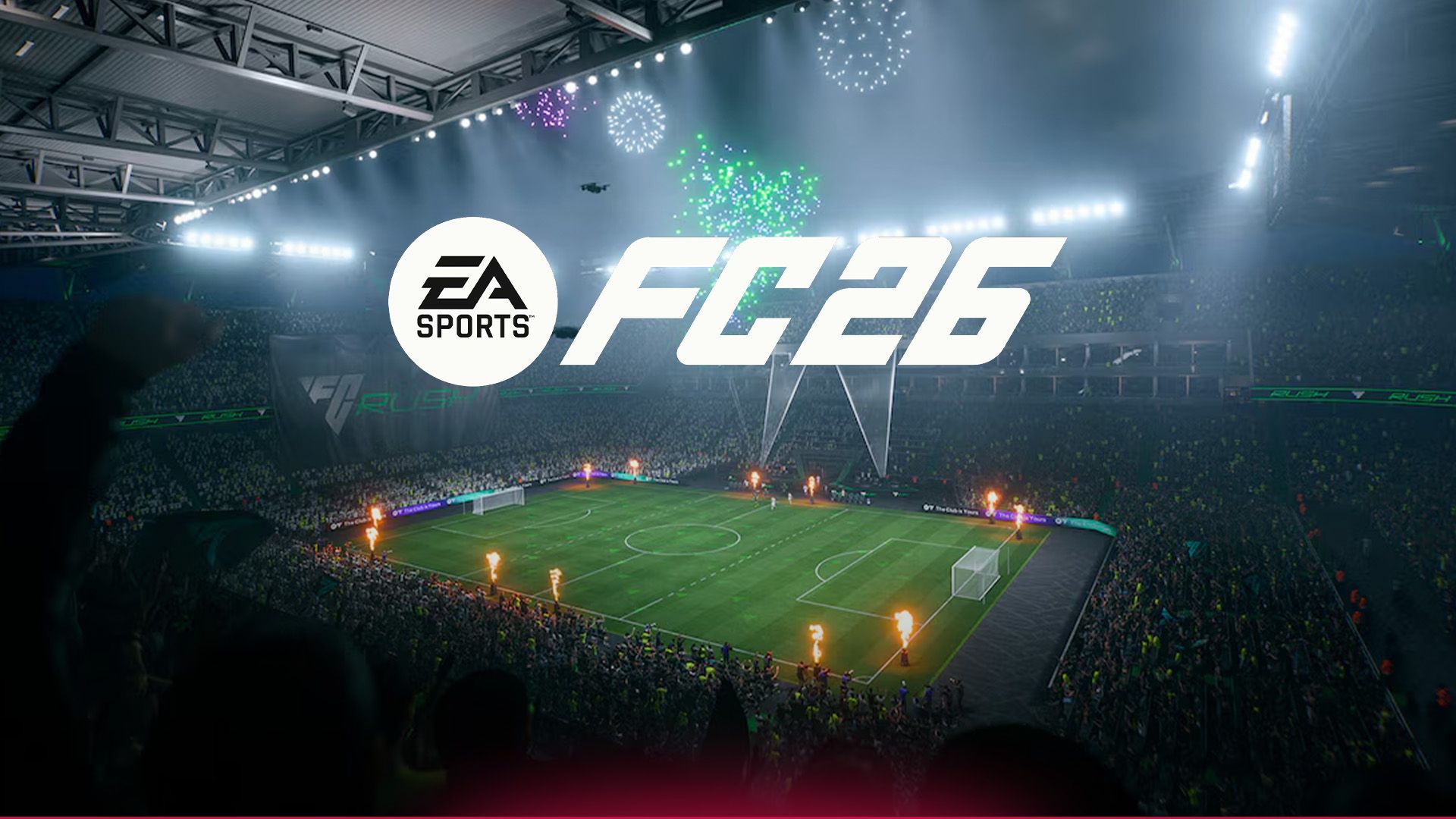The Best Settings for EA Sports FC 26
The right settings in FC 26 are a key factor for success. Beyond pure skill the fine tuning of options often decides precision, control and awareness. The following sections give a complete overview of the optimal gameplay, camera and visual settings as well as an efficient controller setup that can provide an edge even for ambitious players.
Gameplay settings: fine control over automation
Within the gameplay settings the Competitive Preset plays a central role. This preset is automatically activated in all online matches. It disables assists such as auto shots or assisted headers. This ensures that in competitive matches no one gains advantages from automation.
Shot and pass options are an important element. Precision shots and precision passes are highly recommended. They have been part of the game for several years and demand much more accuracy but reward players with more realistic animations and noticeably higher control. Ball speed and accuracy also benefit which means that players who get used to this setting gain a clear advantage.
For passing settings it is recommended to set all variants to Semi. By default ground passes, crosses and lob passes are on Assisted. Semi reduces the risk of the ball going to the wrong teammate while still keeping a small level of support. Together with Pass Receiver Lock on Late this adds flexibility as the pass direction can be changed until the last moment which is especially valuable in tight situations or when trying to bypass defenders.
For defending Advanced Defending is the best choice. This setting lets players decide precisely between standing tackles and physical actions like shoulder checks or blocking. It gives full control over the type of challenge rather than leaving the decision to the game. For strong players with the Bruiser attribute this opens up a wider tactical spectrum. Pass Block Assistance should also be enabled to help intercept passes.
Smaller features matter too. The Professional Fouls option allows tactical fouls to stop counterattacks for example. Players willing to take risks can use it to influence match rhythm.
For player switching Auto Switching should be set to Manual. This keeps control fully in the player’s hands while automatic switching often causes frustrating mistakes. Combined with Right Stick Switching on Classic and mid-range sensitivity the system becomes intuitive and makes defending easier.
Another useful detail is Analog Sprint. With this enabled the sprint button works like a gas pedal. The harder the trigger is pressed the faster the player runs ranging from jogging to full sprint. This gives better ball control especially when dribbling and prevents the ball from being pushed too far ahead at top speed.
Camera settings: maintaining pitch awareness
One of the most important camera settings is perspective. The Co-op camera offers the widest view by zooming out and showing as much of the field as possible. Fine tuning works best with height set to five and zoom to zero which creates a balance between awareness and detail.
The Power Shot Zoom is a critical point. When enabled the camera zooms in automatically during powerful shots. While this looks dramatic it reduces awareness at key moments. It should therefore be disabled.
Different perspectives are available for special modes. In Rush mode for example players can switch between Tactical, Broadcast or End-to-End. Tactical is often the best choice although its behavior has changed this year. Goalkeepers should always use the Pro camera which provides the best orientation in goal.
Visual settings: clarity over distraction
Visual settings also influence performance. Redundant elements such as scrolling lineups, Hypermotion overlays or tactical hints should be turned off since they block visibility during important moments.
Other information is very useful though. Indicators for PlayStyles+ and player info show details about abilities, strengths or styles directly during play. In modes with frequent player changes such as Ultimate Team this is a big advantage.
The radar can also be customized. By default it matches shirt colors which can cause confusion with similar designs. A fixed color scheme such as always showing your team in blue and the opponent in red makes things clearer.
It is also practical to disable stadium shadows. These have often been considered distracting and can now be completely removed which improves visibility.
Controller setup: efficiency through paddles
A controller with paddles such as the Xbox Elite Controller offers significant benefits. Assigning the upper paddles to LB and RB makes many actions more efficient. These include player switching, second man pressing, shot variations, controlled sprinting and complex dribbling. The main advantage is that fingers remain on the key controls without having to move around.
Stick and trigger sensitivity can also be adjusted. The left trigger can be set to a low value such as 20 while the right trigger can be at 80. This means inputs do not require pressing all the way down. This works especially well with Analog Sprint and helps with precise speed control.
Sticks can be tuned as well. A more aggressive left stick benefits quick movements while a smoother right stick enables cleaner skill moves. Vibration should be disabled since it is often distracting rather than helpful.
Conclusion: precision and awareness as the keys
Adjusting gameplay, camera and controller settings in FC 26 brings major advantages. More precise control, better awareness on the pitch and optimized input with paddles make the difference between an average and a professional experience. The setups described here help improve playing style and unlock full potential. Even small changes lead to noticeable improvements and can play a decisive role in achieving more success on the virtual pitch.
